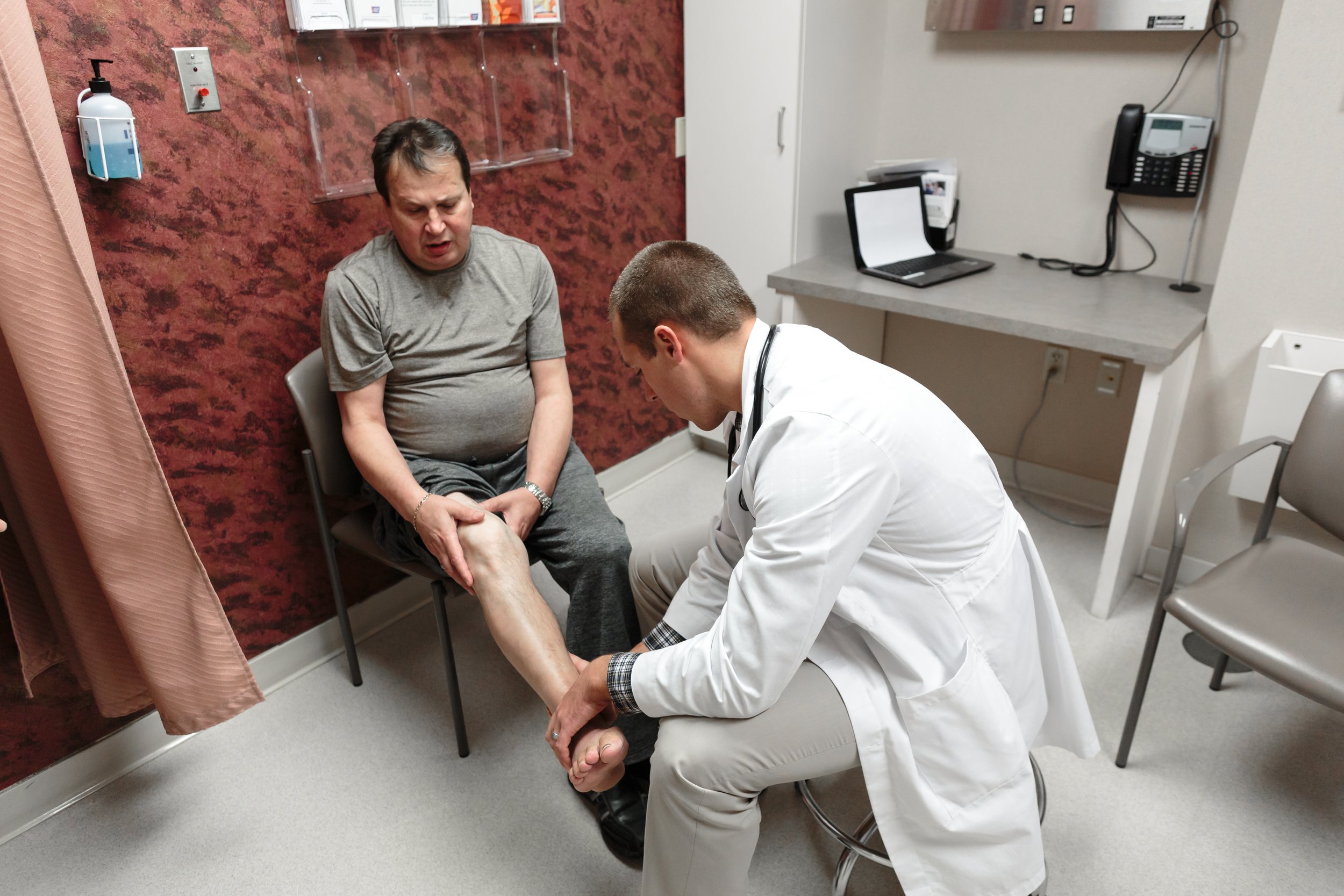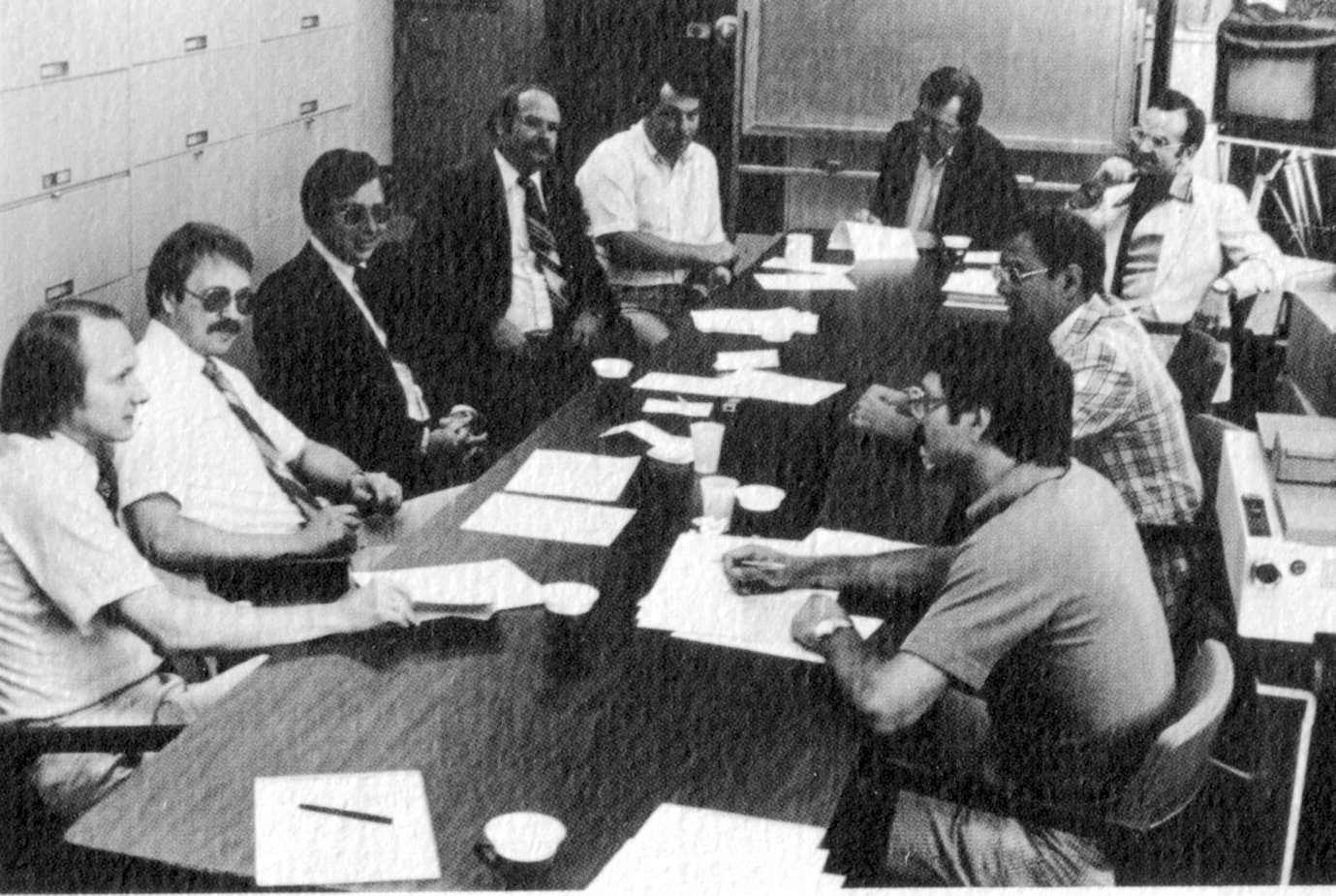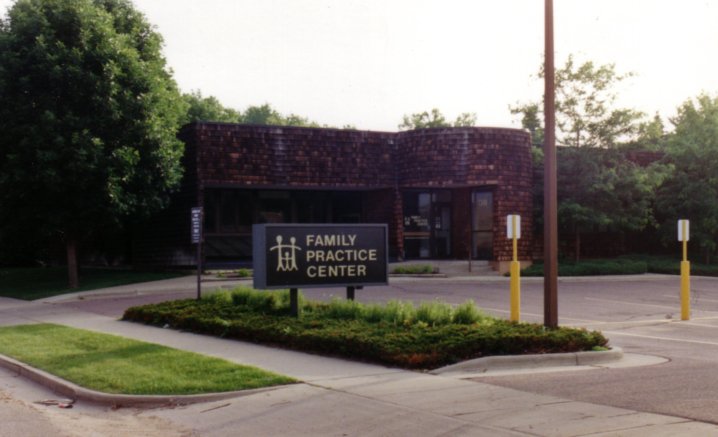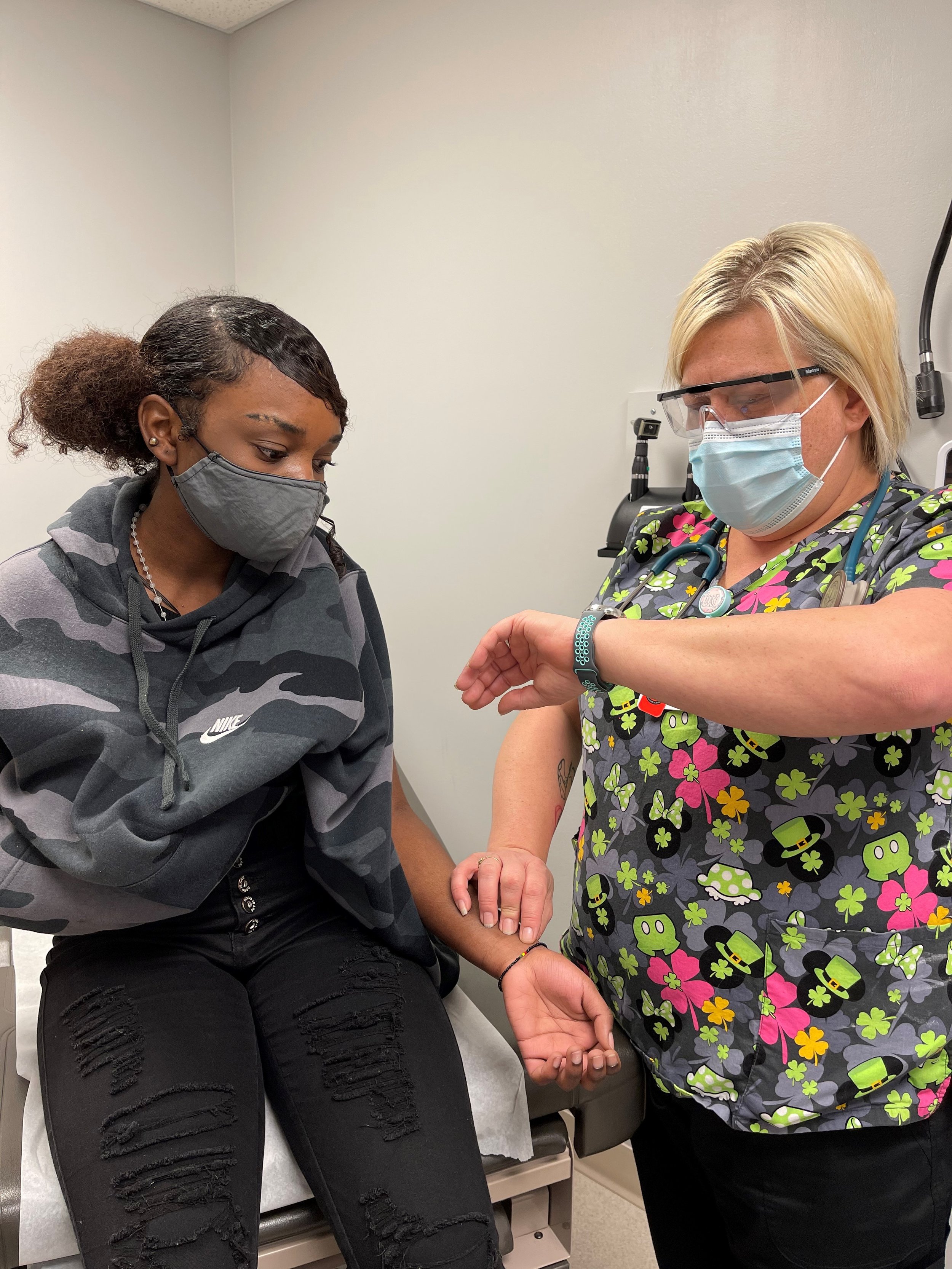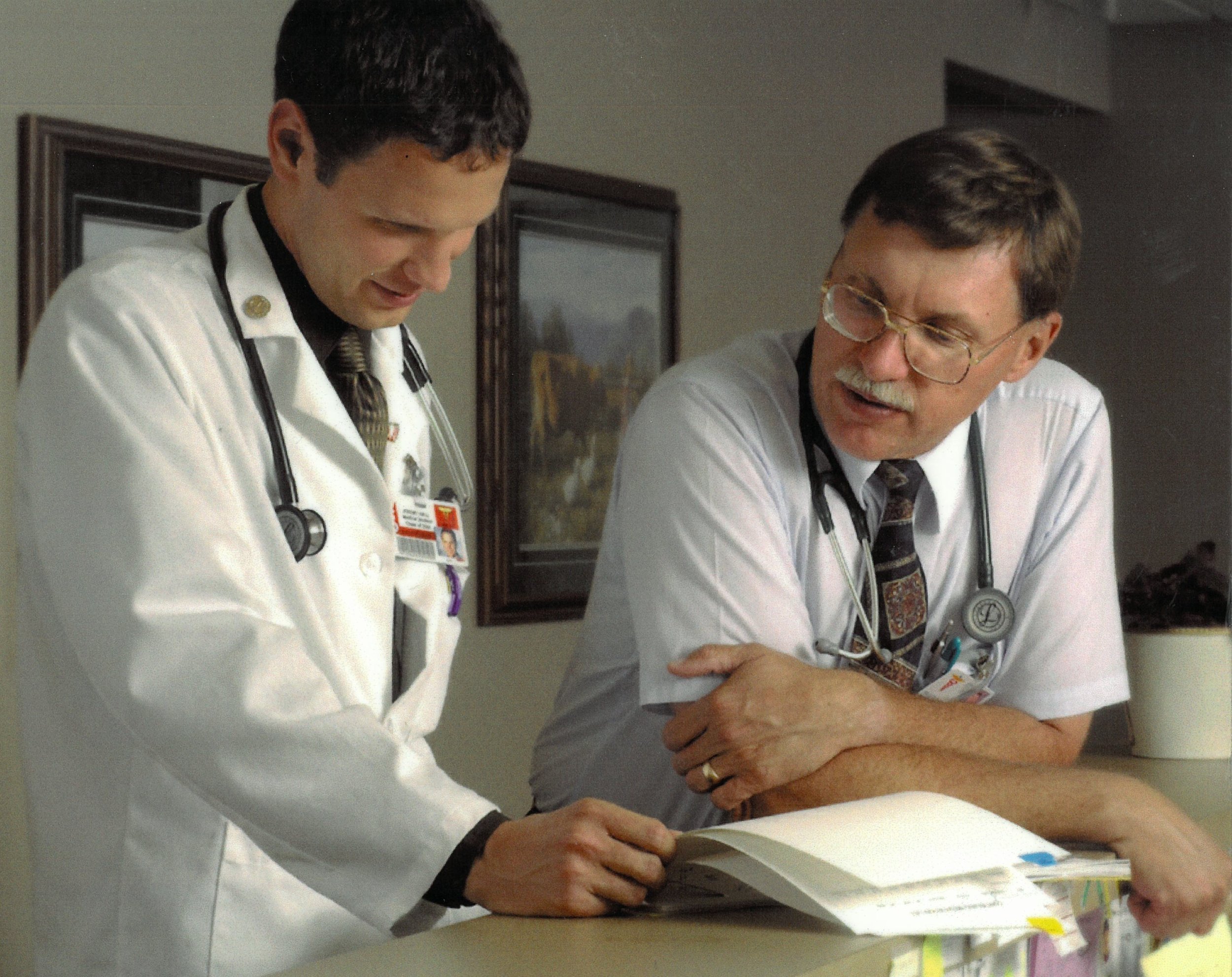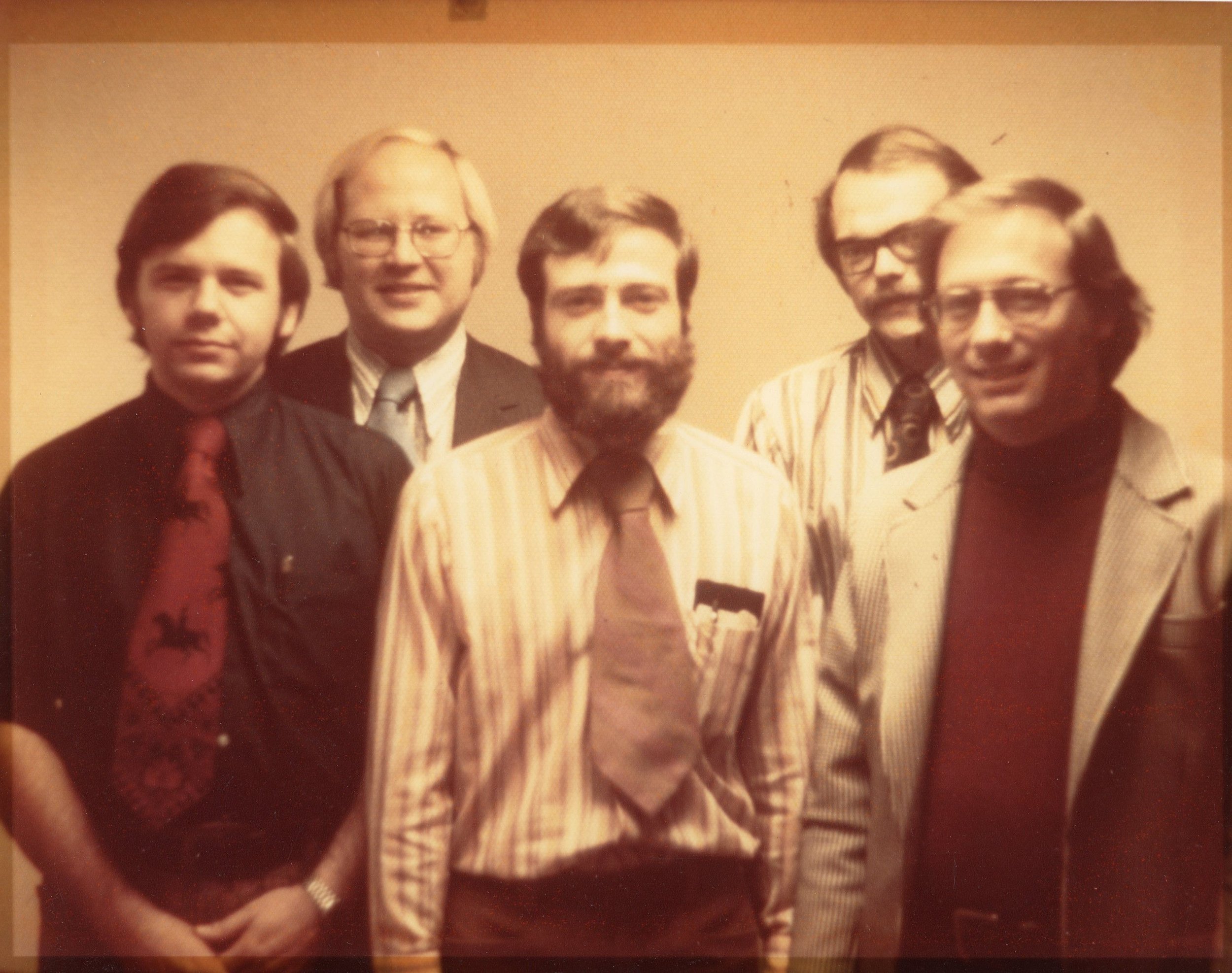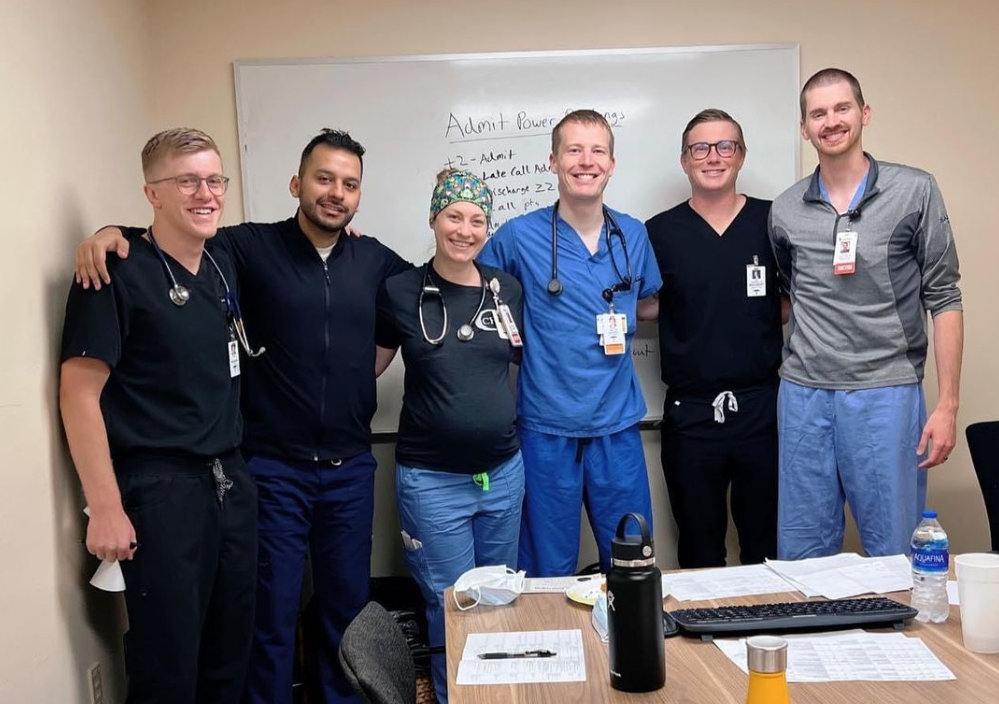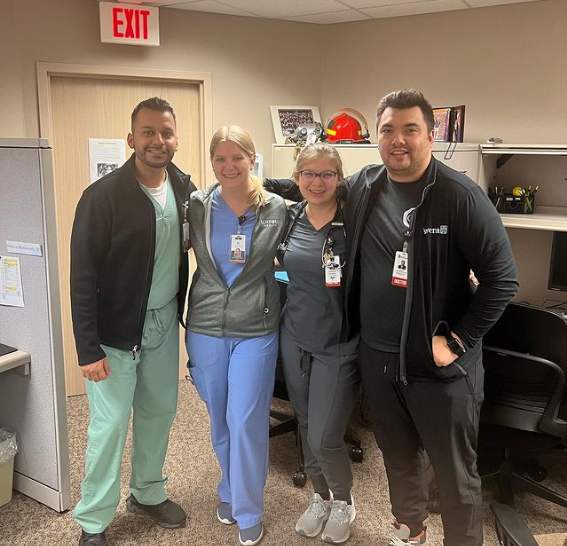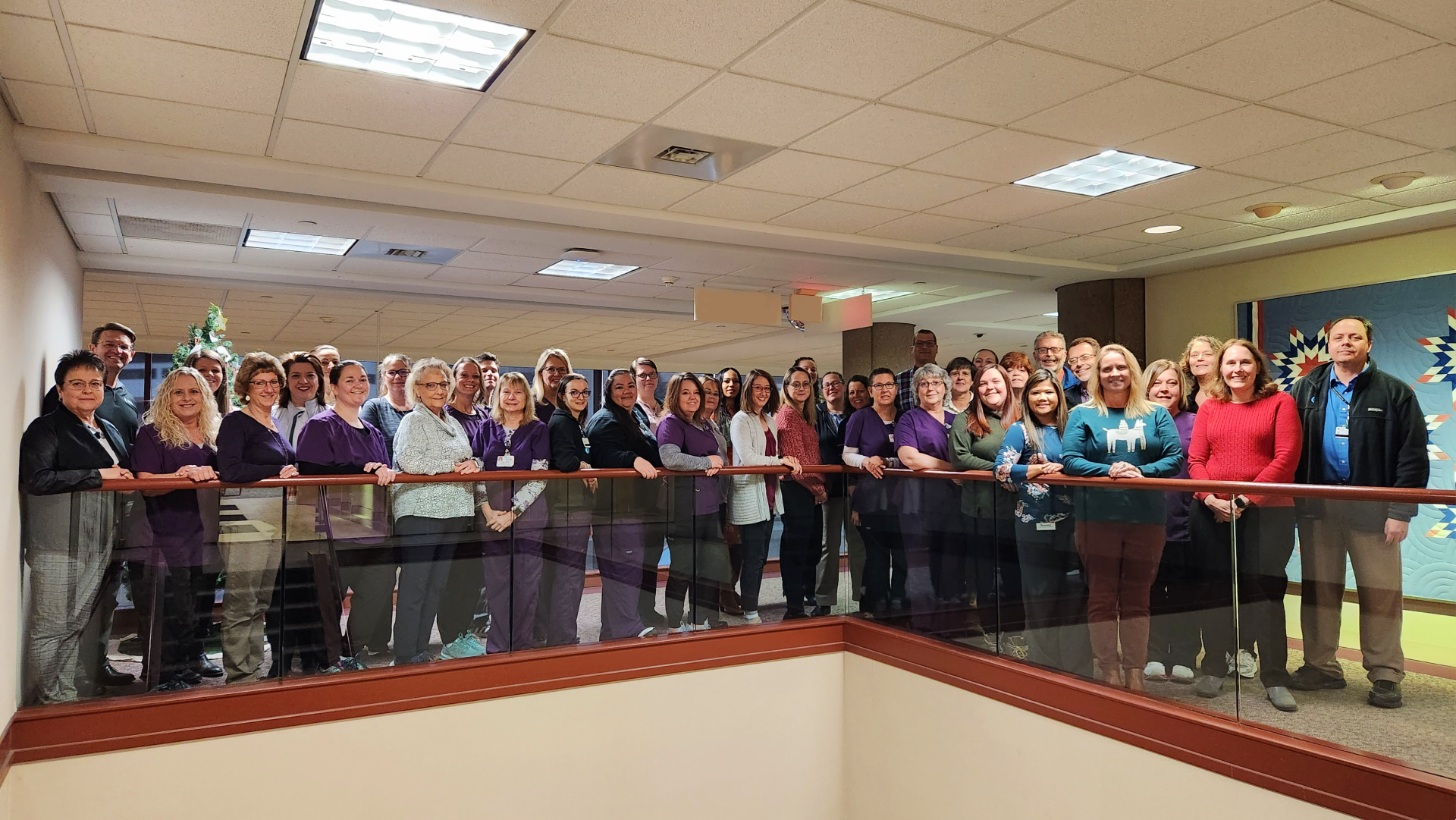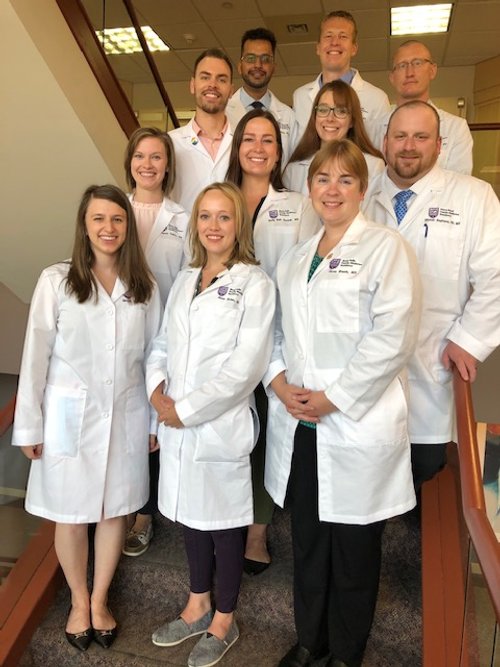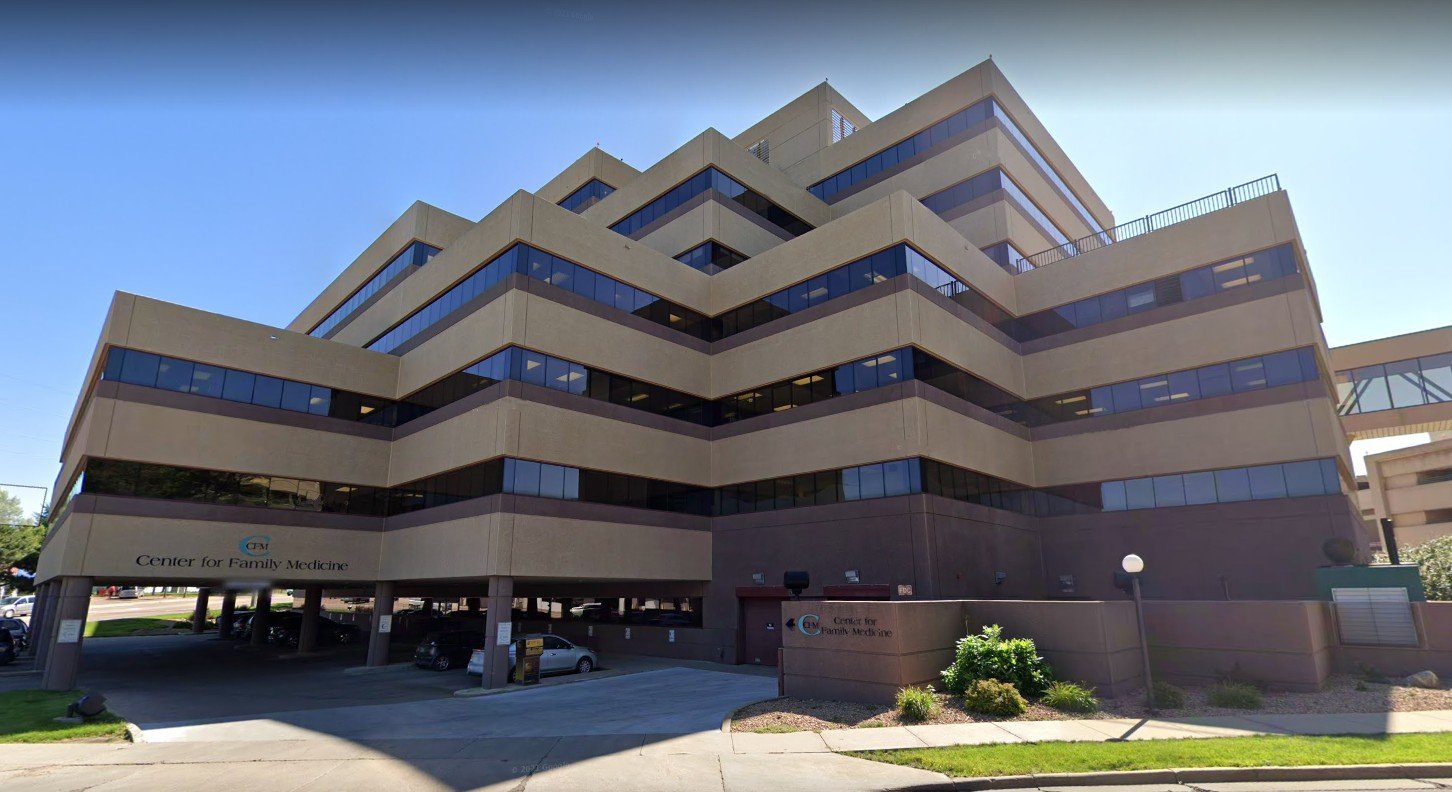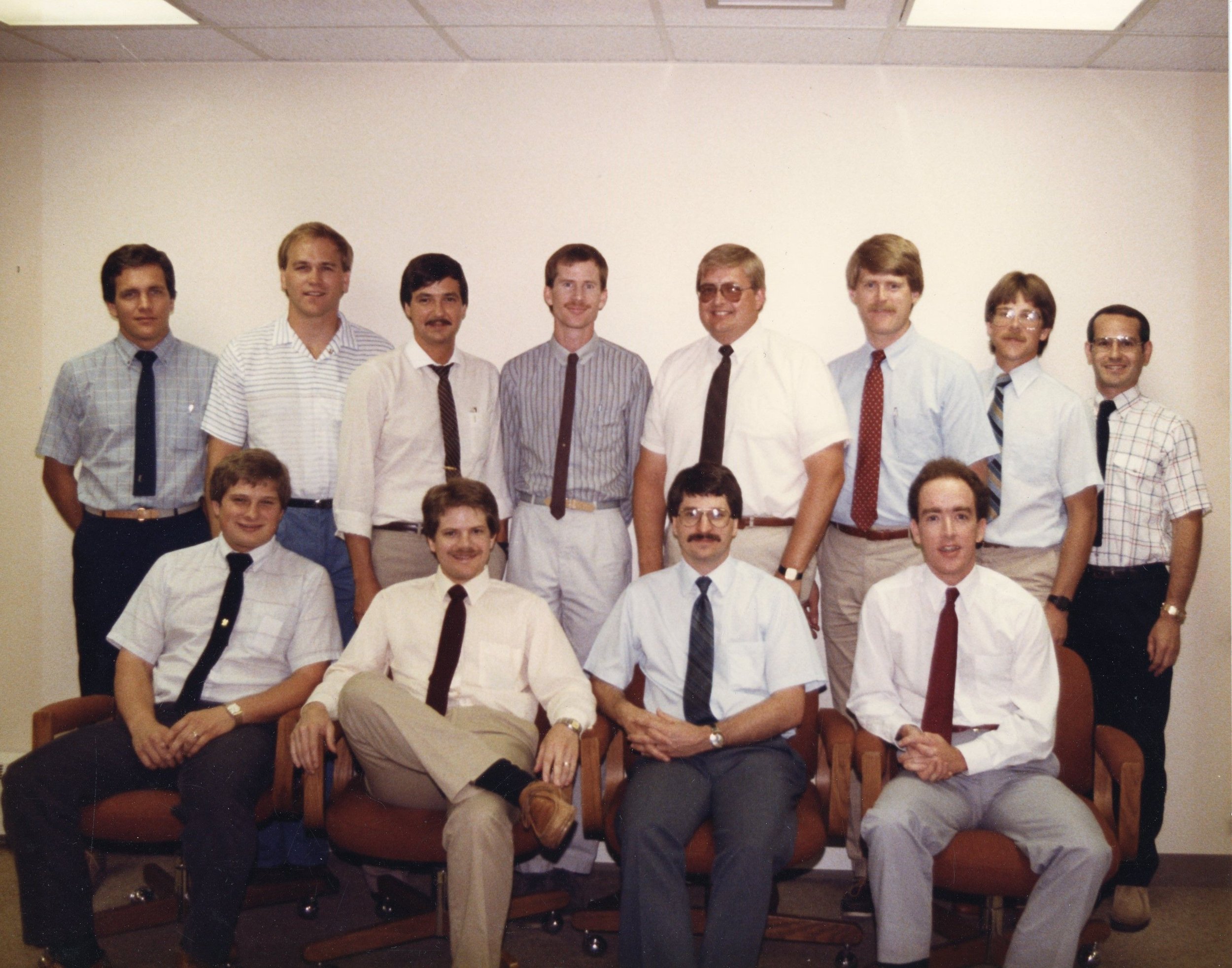50 Years of Treating Patients, Training Doctors
The Center for Family Medicine and the Sioux Falls Family Medicine Residency
By Alex Strauss
You would be hard-pressed to find any single clinic known to as many South Dakota family doctors as the Center for Family Medicine in Sioux Falls.
Since its establishment as a non-profit corporation in 1973, CFM has been home to the Sioux Falls Family Medicine Residency program (SFFMP) a program jointly and equally sponsored by Avera and Sanford It has trained more than 425 physicians, including nearly 40 percent of all board-certified family physicians in South Dakota.
A full 75 percent of the doctors who graduate from the Sioux Falls Family Medicine Residency program and its rural-focused satellite program in Pierre, practice in South Dakota and surrounding states, many in medically-underserved rural areas.
Those are the key statistics. But as CFM and SFFMR prepare to celebrate their 50th anniversary next month, we wanted to know what makes this particular clinic and program so special to so many people. For answers, we invited three current faculty members to share their unique perspectives.
Continuity in a Changing Environment
South Dakota native and USD medical school graduate Dr. Mary Watson is one of the few CFM faculty doctors who went through the SFFMR herself. Watson spent a decade practicing in Canton before returning to Sioux Falls and CFM to do more teaching in 2000.
"I remember when I came back after being gone for 10 years it was like I was coming home," says Watson. "There were the same people in the lab and doing X-rays and I had the same nurses. People who had been faculty members were now my colleagues. I even saw some patients that I had seen ten years ago."
Watson says the longevity of the staff and faculty is one of the things that sets the clinic and the residency apart from other programs. When people join here, they tend to stay.
"We have had just three program directors in 50 years," says Dr. Watson. "We had an X-ray technician that was here for 45 years and just retired last year. One of the women who used to be in the lab has been here for 45 or 46 years and I have had my current nurse for 22 years."
Watson says that kind of longevity is good for both patients and residents. Longtime staff members have the benefit of history with their patients, even as new doctors bring fresh eyes and new knowledge to their cases.
"It takes a special patient to put their trust in the new doctors knowing that they are going to have to get a new doctor in a few years," says Dr. Watson. "But I think that many of them enjoy acting as teachers, as well."
Creativity in Challenging Times
A graduate of Michigan State's MD/PhD program, Dr. Mark Huntington completed his residency in Cincinnati. He had been in private practice in Ortonville, Minnesota for eight years when he was approached by CFM/SFFMR to join the faculty.
"Initially I told them no, because I was happy where I was," recalls Huntington. "But what really tipped the balance was the opportunity to help shape the next generation of doctors. It's such a great privilege to guide them along, reinstill some of that idealism they had in the beginning, and maybe convince some of them to go into rural practice."
Dr. Huntington joined the program in 2006 and became director when Dr. Earl Kemp retired in 2014 after 31 years as director. During his tenure, CFM and the residency program underwent some important evolutions, including
the start of the Pierre Rural Family Medicine Residency which matriculated it's first residents in 2018
the addition of medically-assisted treatment of addiction to the list of primary care diseases CFM could treat and SFFMR residents could learn about (thanks to grant funding)
the start of a formal operative obstetrics fellowship for one family medicine resident each year
the creation of a Director of Population Health position in the wake of the pandemic.
Like this content? Want more like it?
Sign up to get your regional medical community news delivered to your Inbox 2X a month!
"We were able to keep our whole staff employed full time by doing things like developing registries of diseases, making sure we had a system to remind people when they needed to come in, and other things with regard to population health," says Dr. Huntington, a trained microbiologist with an interest in disaster medicine, global health, and unusual infections. "I think that reflects well on our reputation."
What also reflects well, he says, is the team's simultaneous diversity and cohesiveness.
"We have many different world views, but we all agree in evidence-based medicine and patient-centered care," says Huntington, whose tenure as director ended this summer. "Our residents will hear many different perspectives on different things, which helps them make their own decisions about how they plan to practice in the future."
Adaptability in an Evolving Landscape
Current Program Director Dr. Brad Kamstra grew up in Colorado and graduated from Kansas City University of Medicine and Biosciences. He completed his residency in Sioux City and spent 15 years in private practice in Rock Valley, Iowa before joining the CFM faculty in 2016.
One of his first jobs as director has been to help implement changes to the program. In an era when primary care is losing ground to specialization in medicine, SFFMR and other residency programs around the country are looking for ways to train doctors to be generalists while still allowing them to cultivate their special interests. That starts with the faculty.
"For years, the program has been set up so that our faculty did the full spectrum - OB, inpatient, outpatient, etc.," says Kamstra. "But that creates some limitations in hiring new faculty because there aren't many of us out there anymore that do it all."
Going forward, new faculty members won't necessarily have to do everything. Instead, the program will work to create a well-rounded faculty based on each doctor's area of special interest. That same emphasis on special interests will extend to the residents, too.
"We are allowing for more elective time in residency, so that residents can tailor their education a little bit more toward their interests," Kamstra explains.
At the same time, every resident will now spend a full week each month in the clinic as part of a core family medicine rotation. And they'll continue to benefit from the program's already-strong OB and inpatient programs.
"At the end of the day, it's all about patient care," says Dr. Kamstra. "Not just the people who come here for care, but also all of the patients that our residents will take care of in their careers. I am honored to be a part of that."
WE: See more photos from the last 50 years from the Center for Family Medicine and the Sioux Falls Family Medicine Residency Program on our website.

